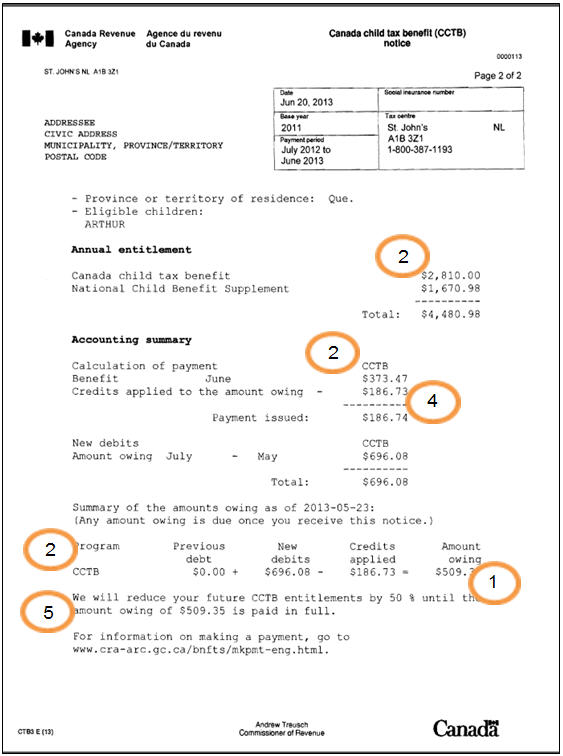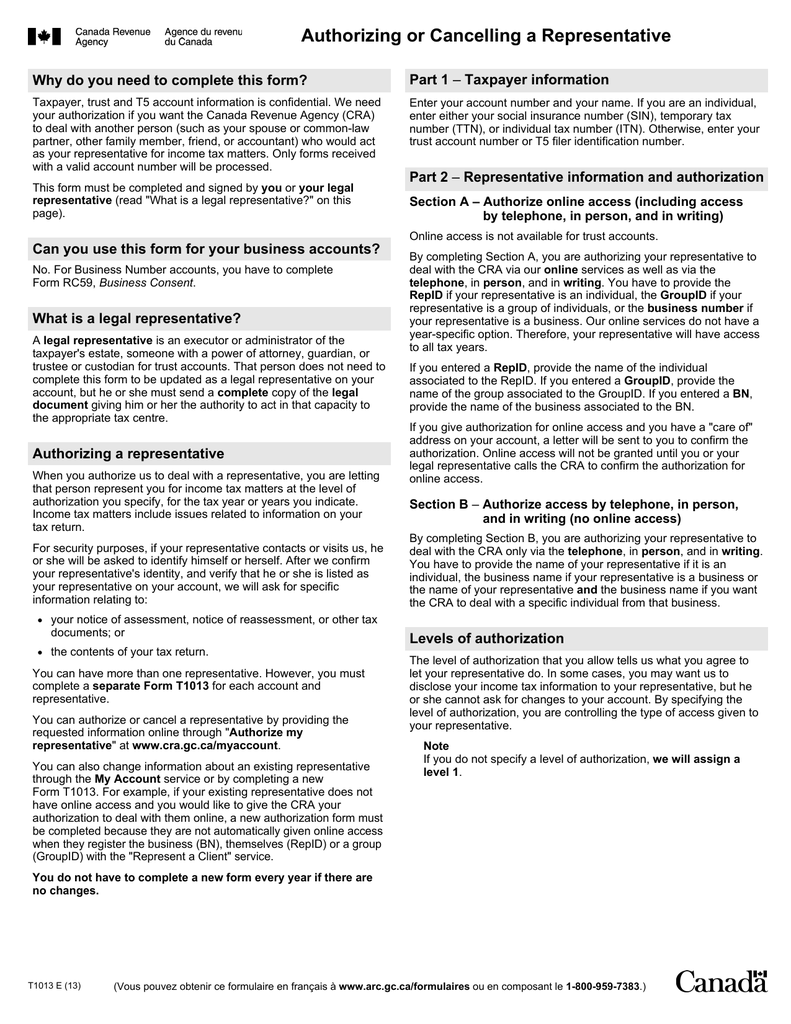
For taxable supplies, the tax rate will depend on the province or territory where you make your sale, lease or other supply.

How do I charge out-of-province customers?Ī zero-rated supply has a 0% GST/HST rate throughout Canada.
#Canada revenue agency number busy plus
In Quebec, however, the Quebec Sales Tax is charged on the total of the selling price plus GST. With the exception of Quebec, the provincial sales tax is calculated on the original price without including the GST in the calculation. There are no exemptions for small suppliers in Saskatchewan. In Manitoba and British Columbia, for example, small vendors with total taxable revenues exceeding $10,000 are required to collect provincial taxes. Tax exemptions for small vendors vary from province to province. However, if you sell taxable supplies in British Columbia, Saskatchewan, Manitoba or Quebec, you may be required to register with the respective provincial government to collect the provincial sales tax. Do I have to collect provincial sales taxes?īusinesses operating in provinces with the HST only have to register with the federal government and collect the harmonized tax. If your business is located in Quebec, you will have to register for the GST with Revenue Québec. You can also register voluntarily if you are not a resident of Canada. You generally received a GST/HST account number when you request a business number with the Canada Revenue Agency. Zero-rated supplies include things such as basic groceries (milk, bread and vegetables), agricultural products, prescription drugs and certain medical devices, feminine hygiene products, exports and many transportation services where the origin or destination is outside Canada. Taxable supplies refer to the sale of property and services in the course of a commercial activity that are subject to the GST/HST. Supplies of goodwill, financial services and sales of capital property are excluded from this calculation. Your total taxable revenues are all amounts earned from worldwide sales of taxable supplies for you and your associates, including the supply of zero-rated (taxable at zero percent) property and services. More details are available on the Canada Revenue Agency’s website. Generally, if you provide taxable property and services in Canada and your total taxable revenues exceed $30,000 in any single calendar quarter or in four consecutive calendar quarters, you will have to register for the GST/HST. Growth & Transition Capital financing solutions This, in turn, would make it more difficult for affected CRA employees to find employment locally if they prefer not to relocate.Industrial, Clean and Energy Technology (ICE) Venture Fund Since the number of full-time equivalents will fall by 2,000, this suggests the agency also intends to squeeze the size of its workforce through attrition.

The shift of 549 employees from Ottawa-Gatineau (assuming they all choose to move) is expected to take place over “two to three years” according to CRA. In response to a Citizen query, the agency said it “will maintain a presence of over 10,000 full-time equivalents” in the region. The CRA is one of the government’s largest employers, with 40,000 workers across the country and 12,000 (full-time equivalents) in the capital region. Three other centres are being converted into collection centres that will have the job of verifying documents and separating them into simple and complex tax files. Four of the remaining processing centres are in Winnipeg, Sudbury, Ont., Jonquière, Que., and Summerside, P.E.I. The notified employees have six months to decide. Forty-two per cent of these workers (the 549) have been given the option of moving to the CRA’s other centres, or accepting another position inside a 40-kilometre radius within the capital region “where there is employment availability”. About 1,300 CRA employees at the moment work at two processing and collection sites locally - the Ottawa Technology Centre and the International and Ottawa Tax Services Office. The move was prompted by CRA’s decision to shift work to other sites across the country - part of a streamlining effort that will see nine tax-processing centres across the country reduced to seven more specialized sites.

The Canada Revenue Agency has issued relocation letters to 549 of its Ottawa area employees, representing about 5 per cent of the agency’s local workforce.


 0 kommentar(er)
0 kommentar(er)
